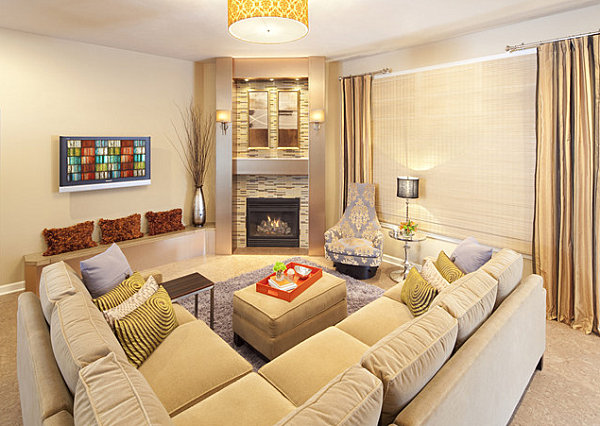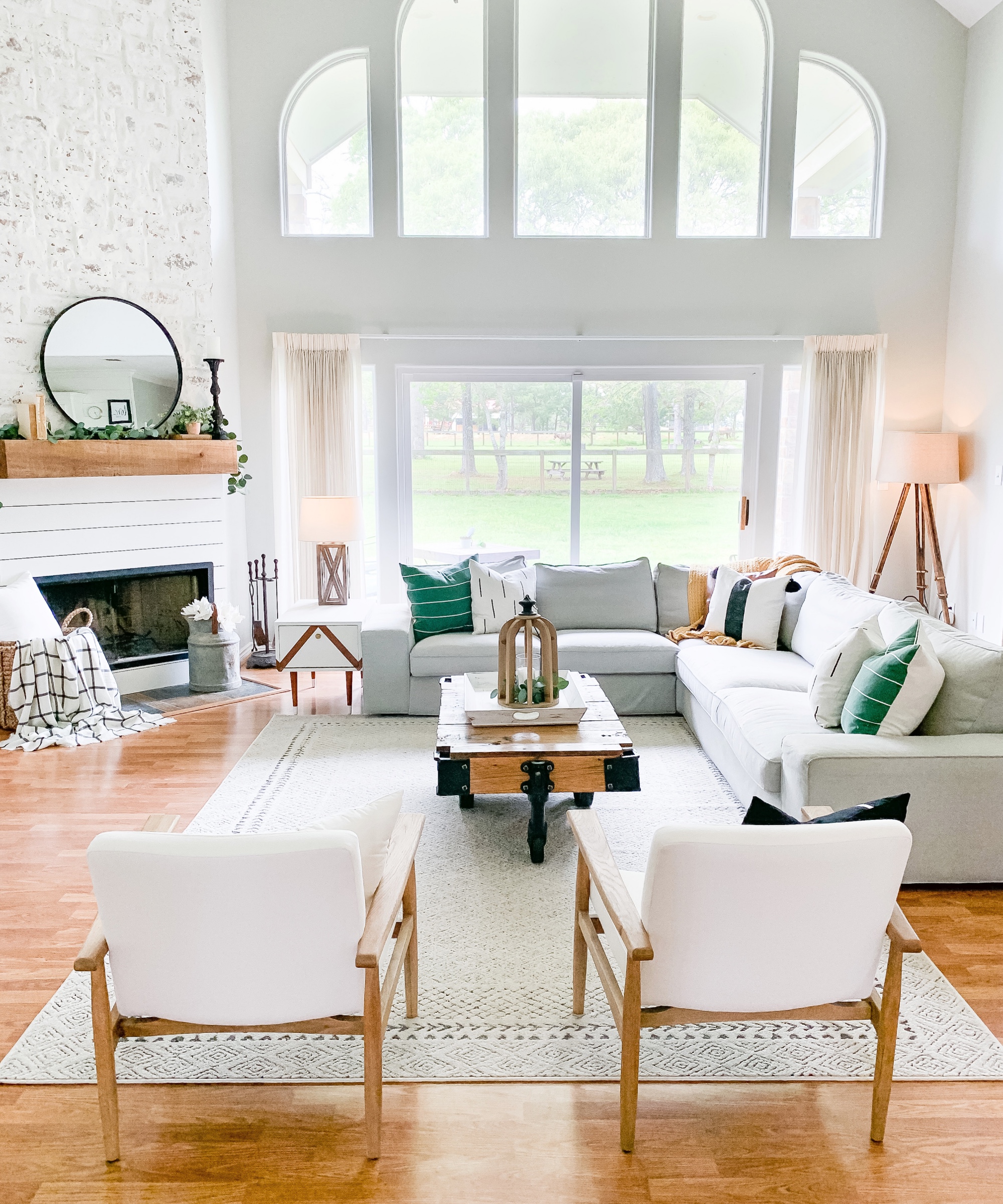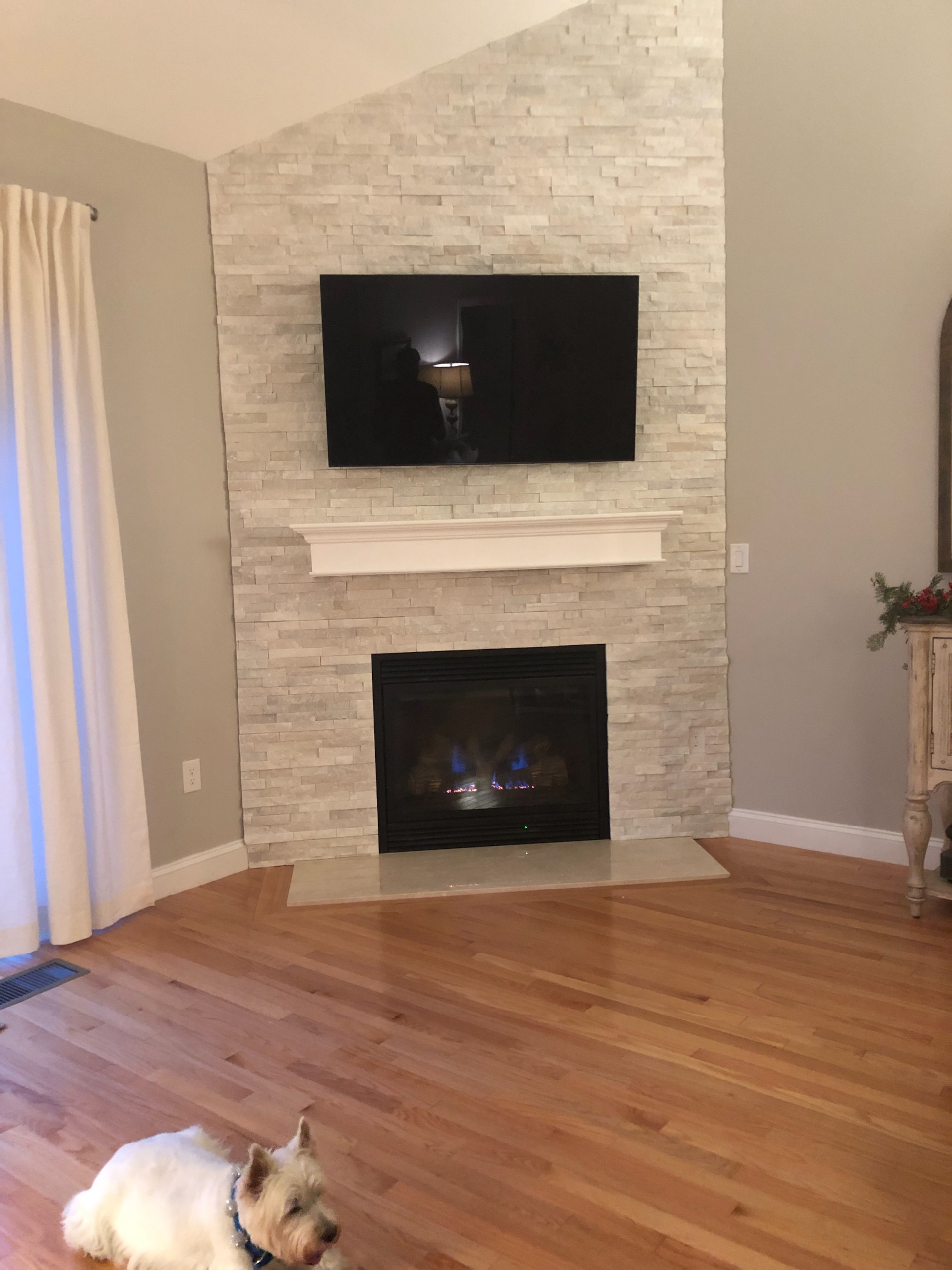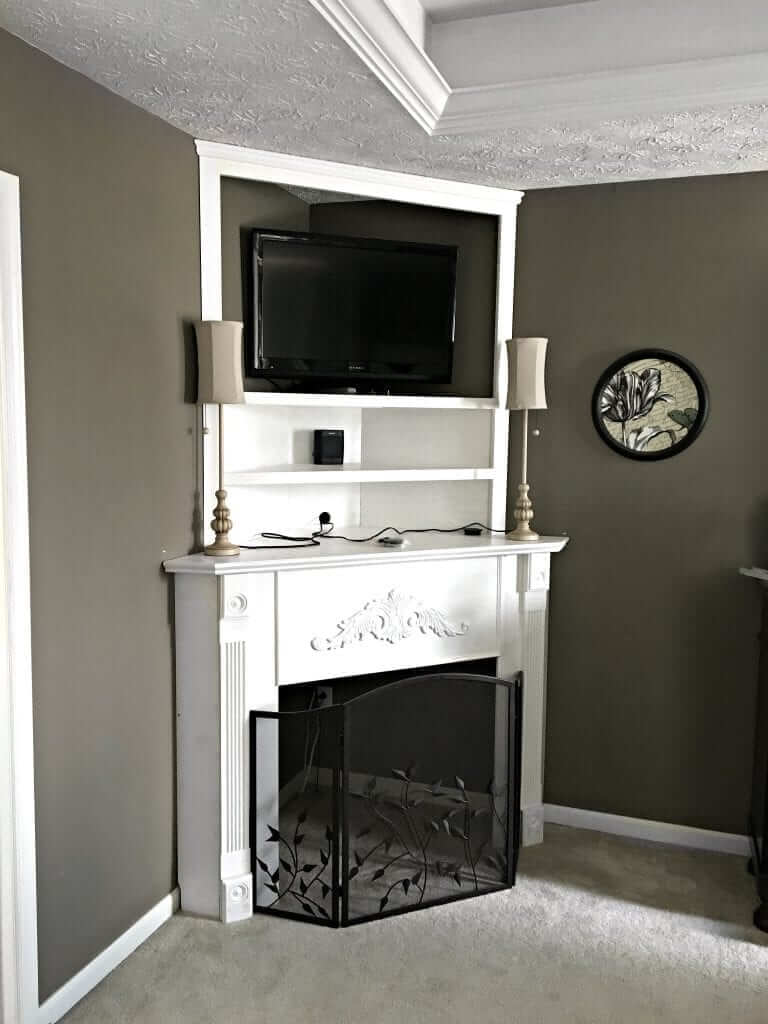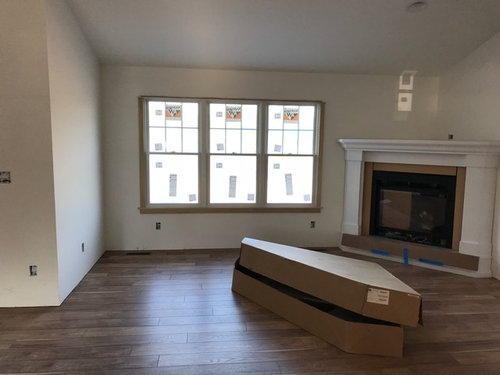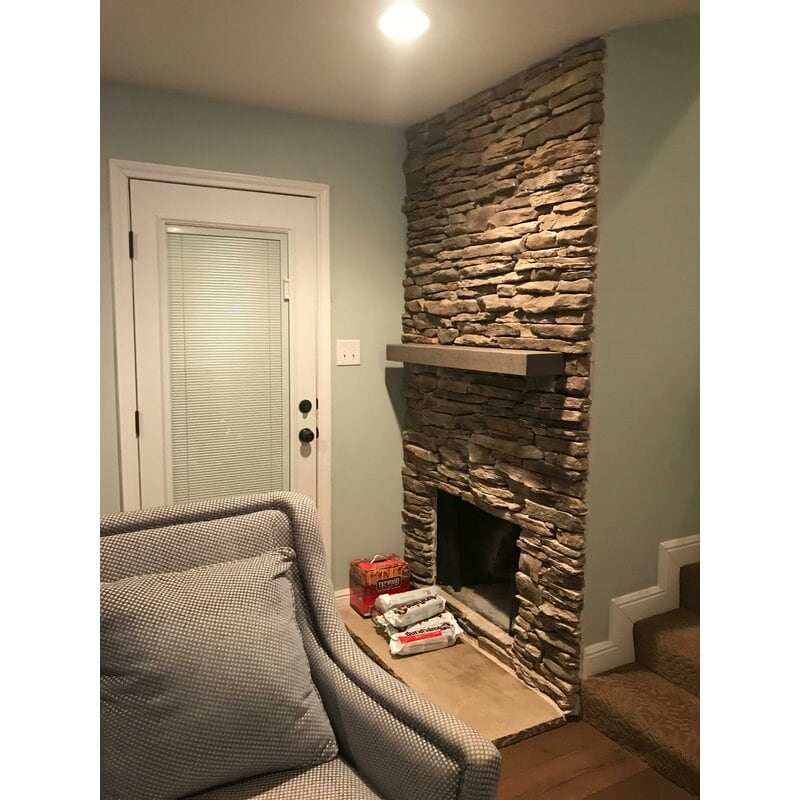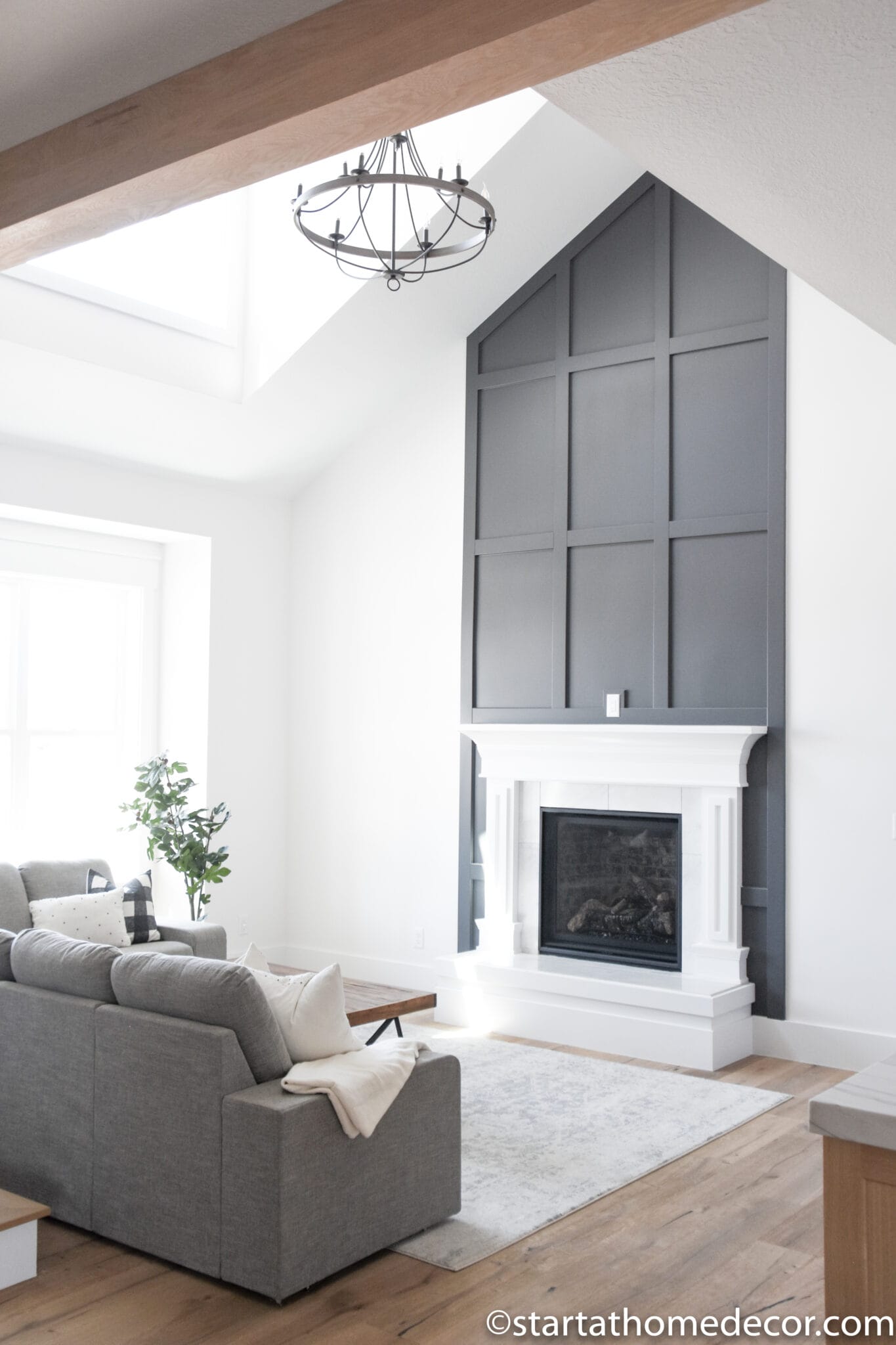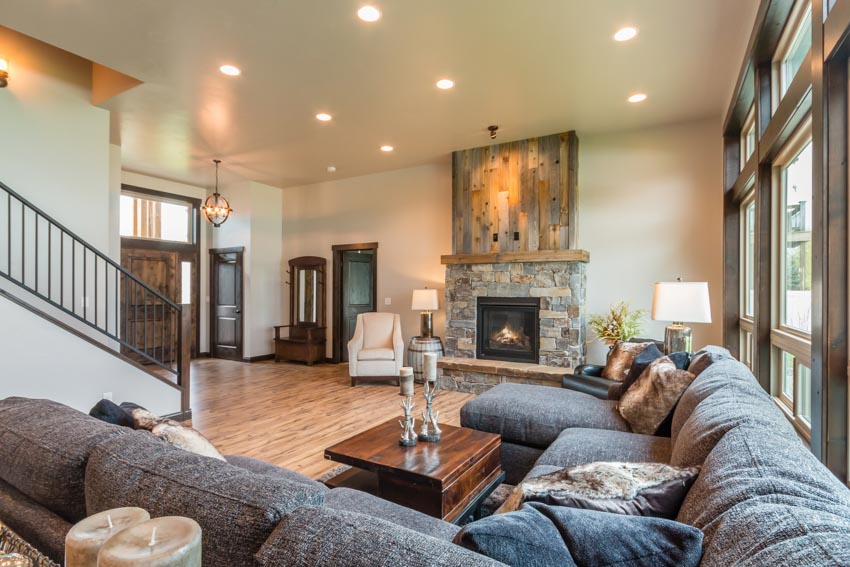A corner fireplace accent wall can be one of the most striking features in a room, but it often gets overlooked during interior planning. Most people default to decorating central walls and forget the unique potential tucked away in a corner. Yet, a well-designed corner fireplace doesn’t just add warmth, it becomes a conversation piece, a mood-setter, and a cozy anchor to the entire space. Whether you’re going for rustic charm, sleek modernity, or something in between, the corner fireplace has the power to completely reshape your living environment.
Understanding the Role of a Corner Fireplace
A corner fireplace brings a unique dynamic to a room that traditional layouts don’t offer. Instead of competing for space on a flat wall, it naturally encourages flow and conversation. It’s a subtle shift in layout, but it can change how people interact with the space. A corner setup allows you to design around an angled focal point, often making the room feel more open without losing that intimate ambiance a fireplace provides.
What makes a corner fireplace truly valuable is its flexibility. It can be added to rooms of nearly any size without being intrusive. In smaller spaces, it fits neatly out of the way while still providing visual interest. In larger rooms, it helps break up long walls and adds another layer of design. This kind of layout can also make furniture placement more intuitive, as it often provides more options than a traditional flat-wall fireplace.
Another benefit lies in how it creates a natural accent opportunity. A corner fireplace isn’t just functional, it’s a stylistic opportunity waiting to happen. That angled backdrop is perfect for creating an accent wall that enhances the entire room. Whether you’re using stone, tile, wood, or even paint, this space invites creativity and stands out more than you’d think.
Choosing the Right Materials for Your Accent Wall
Material choice is key when you’re working with a corner fireplace accent wall. The texture and finish can determine whether the wall feels rustic, modern, minimalist, or luxurious. Stone is a popular choice for good reason, it adds texture, depth, and a timeless quality that suits most interiors. Whether you go with stacked stone or smooth limestone, the natural variations in color and shape add richness.
Wood is another favorite, especially in homes with a cozier, cabin-like feel. Reclaimed wood planks can bring warmth and character, while cleaner cuts in a uniform tone lend themselves to more modern styles. Wood works particularly well if you’re trying to bridge the traditional and contemporary in one space. It brings in that earthy, comforting feel without being too formal or stark.
If you’re going for sleek and modern, tile or concrete might be the way to go. Large format tiles can add drama and visual interest without overwhelming the space. Meanwhile, concrete gives off that industrial chic vibe, especially if you pair it with metal accents. The key is matching the material to the feel you want, not just in the fireplace area, but across the entire room.

Designing Around the Angled Layout
One of the biggest challenges people face with corner fireplaces is arranging furniture in a way that feels balanced. Since it’s not centered on a flat wall, it can throw off symmetry. But that doesn’t have to be a bad thing. Asymmetry can be your secret weapon for a more natural, flowing space. Angled furniture, or even floating pieces, can make everything feel more deliberate and cohesive.
Think about using a curved sofa or placing chairs at a diagonal to mirror the fireplace’s angle. This creates visual harmony and encourages conversation. Rugs can also help define the space and visually anchor the layout. Even something simple like a round coffee table in front of the fire can soften all the angles and pull the seating area together.
The wall itself can be treated as a design element to complement the room’s geometry. You can extend your accent wall beyond the immediate fireplace area, wrapping it around the corner or framing it with shelving or vertical trim. This not only draws attention to the fireplace but integrates it into the larger room design, making the angle feel intentional instead of awkward.
Adding Visual Interest with Built-Ins and Decor
Built-ins can bring extra function and style to your corner fireplace setup. Because corners often leave awkward, unused wall space, custom shelves or cabinets can turn those gaps into storage or display zones. You could opt for closed cabinetry for a cleaner look or open shelves to show off books, plants, or personal collections. Either option adds depth and personality.
Mantels are another key component that can change the entire look of the accent wall. A thick wooden beam gives a rustic touch, while a sleek marble slab or floating shelf leans more modern. Don’t underestimate the power of symmetry either—twin sconces or framed art on each side of the corner can balance the visual weight and make the space feel intentional.
Decor also plays a big role. Even with a dramatic wall treatment, it’s the finishing touches that make it personal. Candles, vases, seasonal accents, and framed photos can soften the structure and bring it all together. Mirrors work especially well above a fireplace in a corner—they reflect light and help open up the space, making everything feel brighter and more expansive.
Playing with Color and Lighting
Color can completely change the feel of a corner fireplace wall. Dark shades like charcoal, navy, or forest green create a moody, cozy vibe. Lighter hues such as cream, light gray, or even pale pastels can make the area feel fresh and spacious. If your goal is to highlight the fireplace, go for a contrasting color that makes it pop against the rest of the room.
Lighting is just as crucial as color. A corner fireplace benefits from layered lighting—think overhead fixtures, wall sconces, and accent lights. The goal is to highlight the textures and details of your accent wall, while also providing enough warmth for the room. Adjustable lighting can help change the mood depending on time of day or the kind of gathering you’re hosting.
You could also install lights directly into the built-ins or above the mantel to draw focus to decor pieces. Spotlights angled toward the fireplace help it stand out as the room’s centerpiece. And don’t forget about the firelight itself. Whether it’s a wood-burning hearth or a modern electric insert, that natural flicker adds a layer of dynamic lighting that nothing else can replace.
Styling for Different Interior Themes
Different design styles call for different fireplace accent wall treatments. In a modern home, you might opt for a minimalistic approach with clean lines, muted tones, and metal finishes. Keep decor understated—a single piece of bold artwork or a few sculptural pieces can have more impact than cluttered shelves. The goal is simplicity with a strong point of view.
For traditional or farmhouse-style homes, the approach shifts. Brick, shiplap, or detailed woodwork works beautifully here. Warm colors and layered textiles help soften the space. Think about adding vintage-inspired accessories, candlesticks, antique mirrors, or handmade pottery. These small touches can bring out the character of a corner fireplace in this kind of setting.
Bohemian or eclectic spaces welcome more playful elements. Patterned tile, bright paint, or even wallpaper can make the fireplace wall stand out in a fun, expressive way. Mixing textures, like combining plaster with tile or wood, adds layers of visual interest. In these styles, you have a lot more freedom to go bold and experiment, especially with color and unique decor finds.
Best DIY Corner Fireplace Ideas for a Cozy Living Room
Accent wall with deep corner fireplace?
Corner Fireplace Ideas
Stunning Fireplace Accent Wall Ideas – Jenna Kate at Home
Fantastic Corner Fireplace Ideas Make Your Room Feel Relaxed
Fireplace Accent Wall Ideas – Designing Idea
Fireplace Designs and the Rustic Mantel Trend!
Related Posts:
